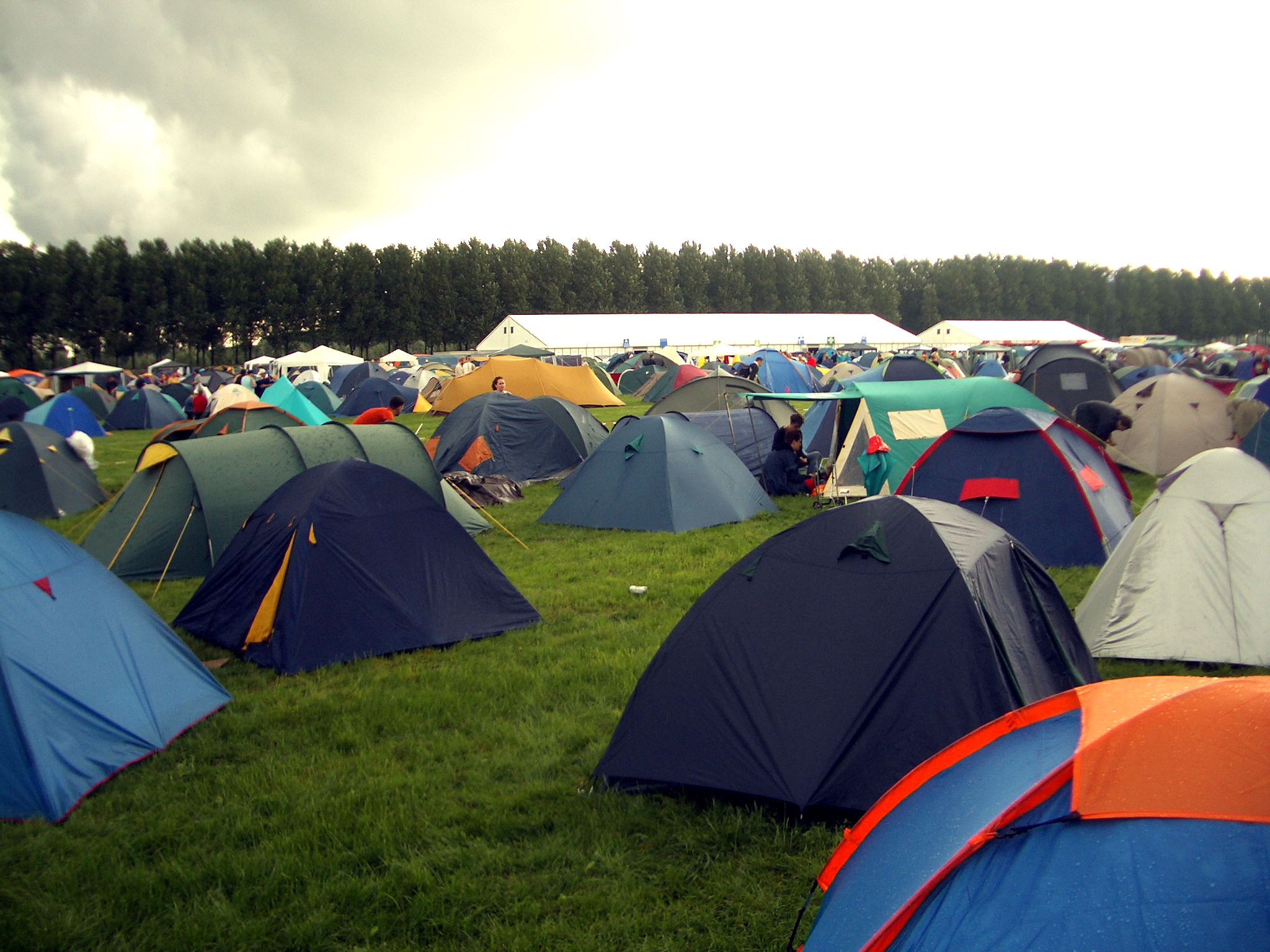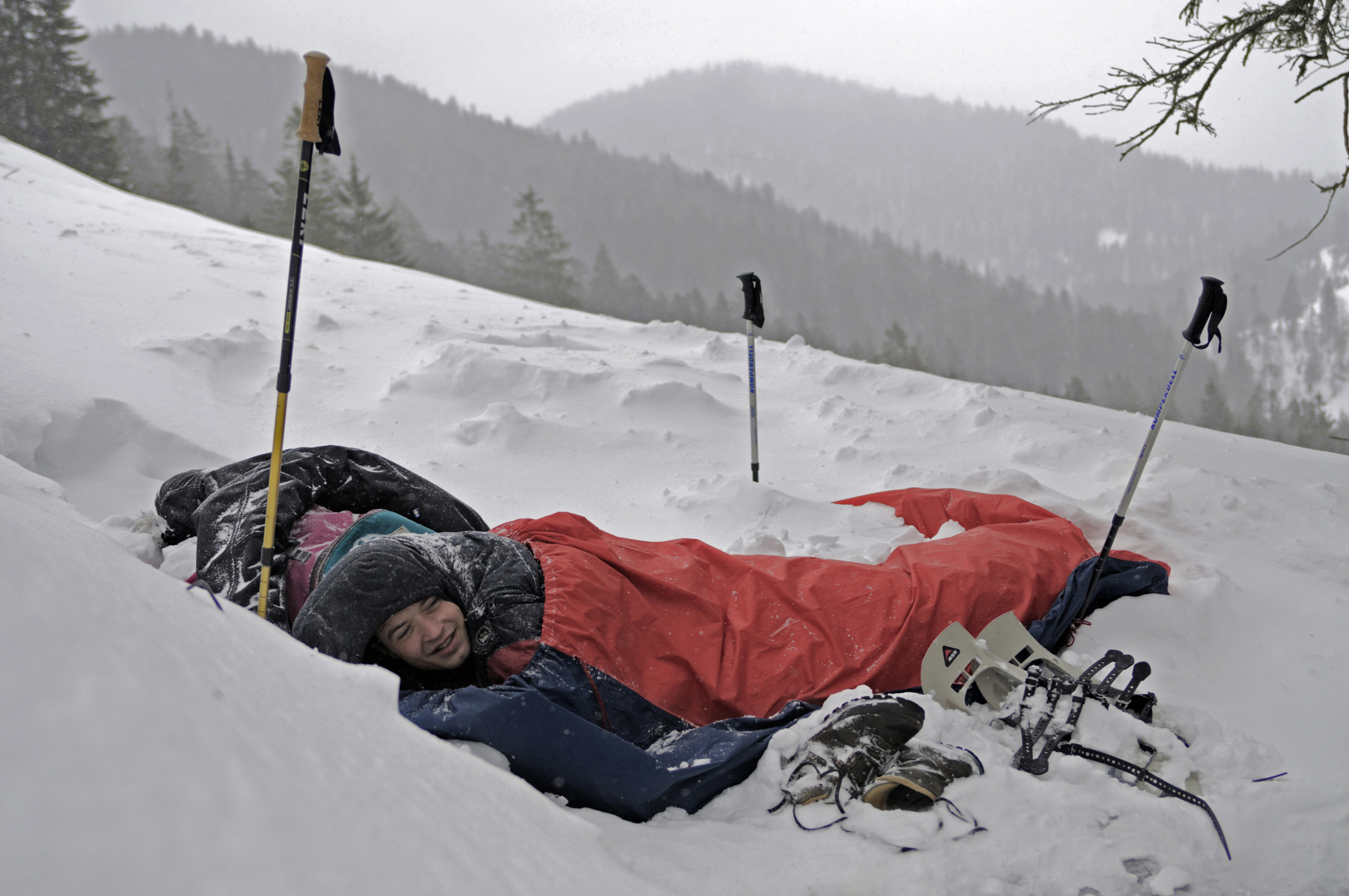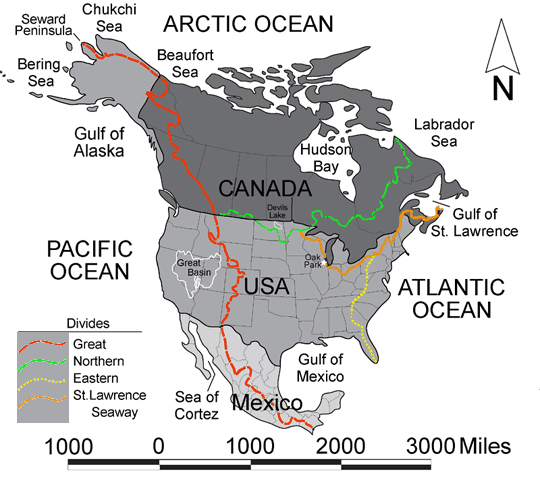
www.tarptent.com
After careful research I have come to the conclusion that this is the tent for me.
It is the result of years and years of research and field-testing by its creator the owner of the tarptent. He is triple crowned thru-hiker who started using a tarp in 1999 after years of improving he has come up with Tarptent.
While keeping an ultra light philosophy over time he added features that make it more bug and water-resistant than a tarp but without the bulk of a tent. If astronauts could sleep in tents these would be the tents they would have. Made from the latest and highest quality in
outdoor fabric; sylnylon.

The model I bought is the one pictured to the right. The Contrail. Weighing in at 24 oz it is the lightest solution that has a floor. Its interior length is 84 inches and it gets as wide as 42 inches making it roughly the size of a single mattress. Because of its simplicity of design it can be se up in two minutes or less.
In fact the first time I set it up it took less than 4 minutes. When it arrives at your house you cant believe how light the box is. And after you set it up you cant believe how awesome it is. It comes with 4 stakes and an optional center pole weighing in at 2 oz. but the tent does a lot better if you use your hiking pole.


It also comes with a stuff sac but I got a Sea to Summit E-vent dry compression sac. Making the tent smaller but a few ounces heaver is fine by me. Saving space in your bag allows you to carry a smaller lighter bag and also allows a better center of gravity.
But don’t take my word for it go check out their site and go check out their products they have a wide selection of tents and, hey if you think you can do a better job and want to make your own they will even give you the plans. Oh did I mention the price tag 199.00, you can't beat it no matter how hard to try.
Here are a few more photos I have commandeered of the contrail just being rugged.

That is Everest behind him.

-James








